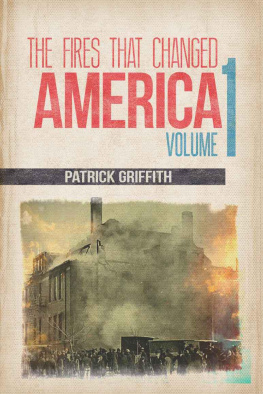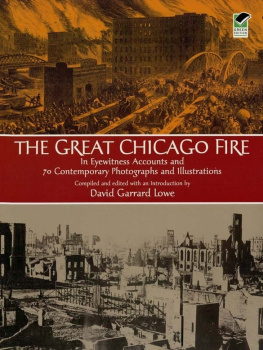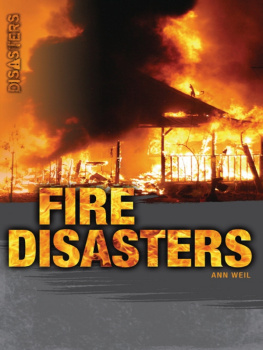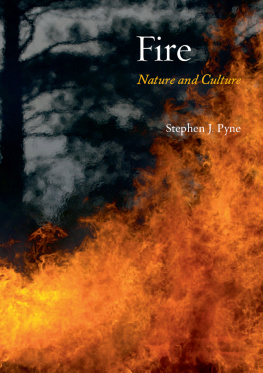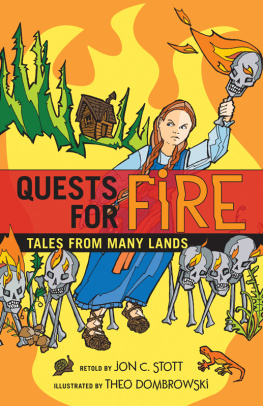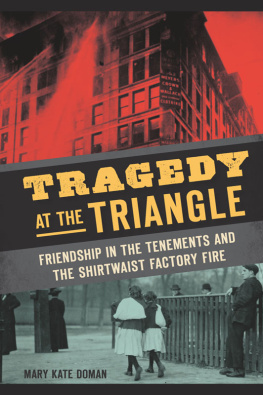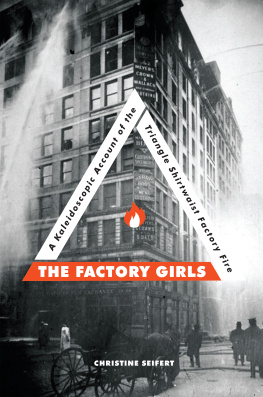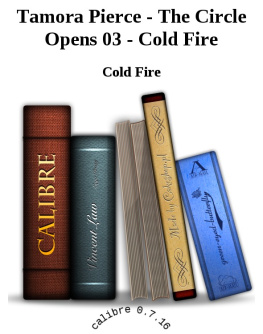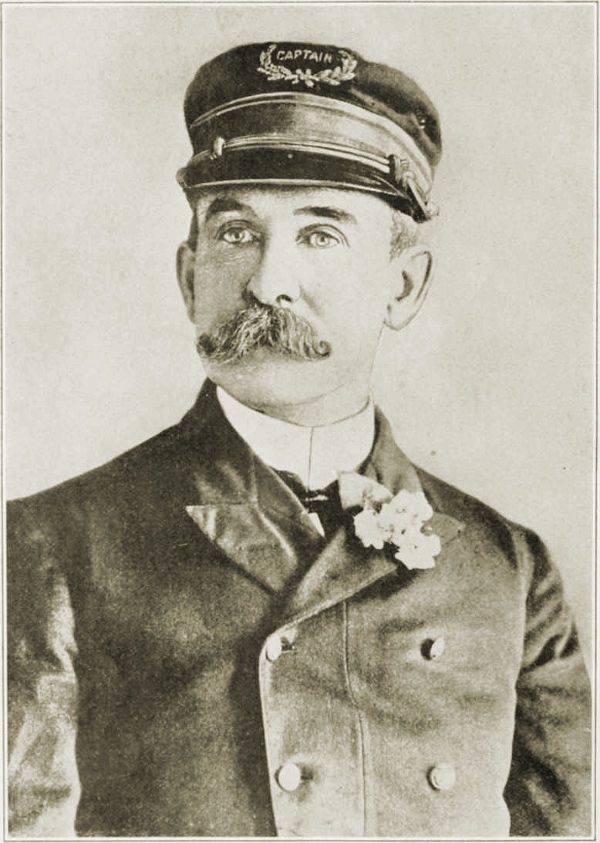Contents
Title
The Fires That Changed America
Volume 1
Patrick Griffith
ALL RIGHTS RESERVED. This book contains material protected under International and Federal Copyright Laws and Treaties. Any unauthorized reprint or use of this material is prohibited. No part of this book may be reproduced or transmitted in any form or by any means, electronic or mechanical, including photocopying, recording, or by any information storage and retrieval system without express written permission from the author or publisher.
THE GENERAL SLOCUM BOAT FIRE.
On Wednesday, June 15, 1904, occurred one of the most horrible catastrophes in history. The General Slocum, filled with happy excursionists, burst into flames near Hell Gate, by the time the General Slocum sank in shallow water at North Brother Island, just off the Bronx shore, an estimated 1,021 people had either burned to death or drowned, with 321 survivors. 5 of the 40 crew members died. Reports indicate that Van Schaick deserted the Slocum as soon as it settled off North Brother Island, jumping into a nearby tug, along with several crew. Some say his jacket was hardly rumpled, but other reports stated that he was seriously injured.
The disaster exceeded in numbers and wholly matched in cruelty and horror as the Iroquois theater fire in Chicago in which 605 people died as a result of the fire. It was appalling in its immensity, dramatic in its episodes, and deeply pathetic in the tender age of most of its victims.
As in the Iroquois fire, most of the victims were women and children. They were members of the Sunday school of St. Marks German Lutheran church, bound for their annual excursion up Long Island Sound, happy, gay, care free, and full of joyous.
THE GENERAL SLOCUM IN THE EAST RIVER, AS SHE APPEARED WHEN CROWDED WITH GAY EXCURSIONISTS, JUST BEFORE THE FIRE BROKE OUT.
They went to their death with bands playing, flags whipping in the breeze, and under as fair a sky as was ever bestowed to a picnic crowd. The four hundred children were singing, dancing, and waving handkerchiefs and flags in answer to the greetings of those on shore or from passing steamers.
It was a spectacle of horror beyond words to expressa great vessel engulfed in flames, sweeping forward in the sunlight, within sight of the crowded city, while its helpless passengers, were roasted alive or swallowed up in the waves; women and children with their hair and clothing on fire were trampled underfoot or pushed over the rails into the water.
Members of the crew attempted to extinguish the flames. Their efforts were unavailing and in an incredibly short time the fire gained uncontrollable progress. Clouds of smoke rolled back through the crowded decks. The flames followed instantly and a wild panic ensued.
Hemmed in by the rocks of Hell Gate, the captain was unable to turn his vessel in the channel, and gathering on all steam he made for North Brother Island, directly ahead.
With the first rush of smoke and fire those on the forward deck were driven back and many persons were crushed against the rail and pushed overboard.
As the panic spread, many jumped over the rail, at first by twos and threes, and then as the fire rushed aft they went over by dozens.
Crazed parents threw children overboard and followed themselves, only to drown in the swift waters of Hell Gate. As with her engines driving her at full speed the big vessel churned toward the beach at North Brother Island she left a train of dark forms in her wake, and how many thus perished probably will never be known.
Continuous blasts of the Slocums siren brought dozens of tugs and small craft to her side, and the work of rescue was quick and courageous. Some of the tugs stuck to her side until they themselves were afire or were driven off by the leaping flames.
To add to the unspeakable hideousness of it all, the extent of the disaster might, in the view of many, have been lessened if better judgment had been shown in the crisis by those in charge of the boat.
Also ominous facts came to light which tended to show that proper safety appliances were not provided on the boat. Rotten, useless life preservers, out of reach, and filled with cork dust, were the mocking instruments of salvation with which the vessel was furnished.
It was established that a mans thumb nail was a weapon that would rip many of the life preservers on the ship wide open, and that the preservers were filled with granulated cork, which quickly becomes water-soaked and loses buoyancy.
Captain William H. Van Schaick of the Slocum explained as best he could the horrible disaster that had come to the company under his care and direction. He was a man sixty-one years old, of many years experience in commanding pleasure craft in the waters around New York. Captain Van Schaick said that though he heard the alarm of fire early he made up his mind at once that there was no certain place where it could be beached in shallow water south of North Brother Island.
CAPTAIN WILLIAM H. VAN SCHAICK, WHO COMMANDED THE ILL-FATED STEAMBOAT GEN. SLOCUM.
The tide was running up to the sound with terrific velocity, and he was sure that he would lose time trying to turn his boat into a proper beaching place south of the island. He stuck to his post, although the flames scorched his clothing, until the boat was hard and fast ashore. Pilot Van Wart stayed with him.
River men generally were divided as to the good judgment shown by Captain Van Schaick in trying to go so far. It was nearly an even division. The captain himself admitted that it was not until after the fire had been going some time that he realized its fierceness and its rapidity.
There was a compartment in the hold of the General Slocum known as the second cabin. It was forward just aft the forecastle. In this room were kept the lamps and the oil for them, the gasoline and brass-polishing liquids, and all the other inflammable supplies. It was not determined at first whether the fire started in this cabin. But it was known that the flames were fed there to reach their greatest and most murderous intensity. From that cabin the fire swept back through the boat with a fierceness that no fire-fighting apparatus could hold in check.
There were scenes of horror on the General Slocum and on shore beyond the ability of any one to describe.
It was a boat load of women and little children. For the last mile when the steamer, spouting flames high into the air, was shooting swiftly out of the sound with the tide, people on shore and on other steamers could see the women and children fluttering over the sides into the water in scores.
The river is swift there at flood tide. The waves grab forward at one another with hungry white fingers. A strong man would have but little chance. The women and the children had no chance.
THE MORGUE.
Ambulances and patrol wagons from nearly every corner of the city were sent to points along the Bronx shore nearest the wreck. Physicians and nurses came by hundreds not only from hospitals, public and private, in all the boroughs of the city, but singly, from their private offices, from as far away as Newark and Paterson.
Bodies were sent down to the Bellevue morgue from North Brother Island as fast as they were recovered until there was no more room there. Most of them were unidentified.
At about five oclock, when the tide was low, there was a sudden increase in the rapidity with which bodies were recovered. They were brought out of the water near where the Slocum had been grounded at the rate of about one a minute.

